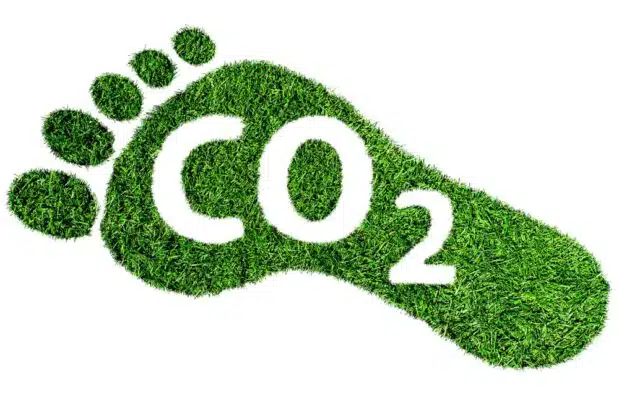What's the Difference Between a Carbon Footprint and Embodied Carbon?
Embodied carbon is the carbon footprint of a material
If an activity involves the physical treatment or physical handling of a material (note that products are made up of materials / ingredients) then it may counted towards embodied carbon. On the other hand, activities such as electricity used to power electronics, fuel consumption in a car, and the heating & lighting of a building are not considered embodied carbon, they are instead a carbon footprint.
The maintenance of a material or product is still covered by embodied carbon and this should be accounted for in the in-use phase of the life cycle. Likewise, the end of life treatment of a material or product would be counted towards the embodied carbon emissions in the final life cycle stage.
If you are interested in further understanding the difference between a carbon footprint and embodied carbon we recommended that you look at the Inventory of Carbon and Energy database, which is a free embodied energy and carbon database for materials.
If you like this article please consider following us on Twitter, connecting on LinkedIn, subscribing to our Newsletter or sharing this page using the buttons on the left hand side of this page.
Essential Carbon Footprint Training Course Updated
Circular Ecology have recently completed updating their Essential Carbon Footprint Training Course. The e-learning course [...]
Apr
Hiring – Senior Sustainability Consultant
Join Circular Ecology. An opportunity is available for an enthusiastic and dedicated sustainability professional at [...]
Feb
Have a Very Green Christmas
For many people, Christmas is a time of joy and celebration, for sharing gifts and [...]
Dec
Circular Ecology Support the Launch of the Built Environment Carbon Database (BECD)
The Built Environment Carbon Database (BECD) is envisioned to become the main source of carbon [...]
Oct




